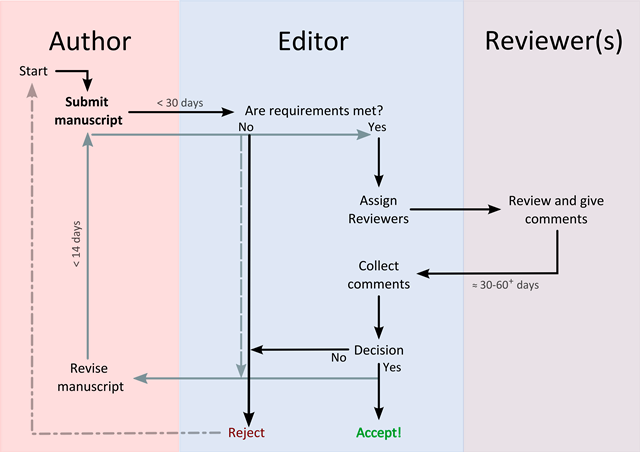Before you begin- Introduction to publishing
Through the act of
The idea behind publication within the scientific community is motivated not just for the personal, career based benefits (the infamous saying ‘Publish or Perish’ is quickly learnt in the career
of an early researcher (no pressure!)), but is moreover intended for
Publishing houses gain from the publication process by distributing your publications to a captive and relevant audience, who subscribe to the Journal. In return, the publication houses provide a model to ensure
To kick-start the publication process, high standard, publishable material must be available to begin writing an article. Prior to beginning the writing process, a Journal preference list is created and agreed with co-authors. Next, a high quality draft manuscript is created by the authors in accordance with relevant guidelines for authors.
The writing process can be a daunting task, and it is often found that starting is the most difficult part!
This course hopes to
The main author next submits the manuscript to the chosen Journal and the

- Author submits manuscript to the Editor.
- Editor determines suitability of manuscript and provides a desk acceptance or rejection letter.
- If accepted, the Editor sends manuscript is sent out to reviewers.
- Reviewers make comments and recommendations to Editor, these are passed on to the Author with preliminary decision: Accepted, Accepted with revisions, Rejected.
- Author revises manuscript and resubmits to Editor alongside a revision letter.
- The Editor may return manuscript to the reviewers dependant on revision type.
- The latter cycle is repeated until manuscript is firmly accepted or rejected.
- Editor sends manuscript on to production editor and typesetters.
- Article proof is written and returned to author for checking.
- Paper is published!
The process can be